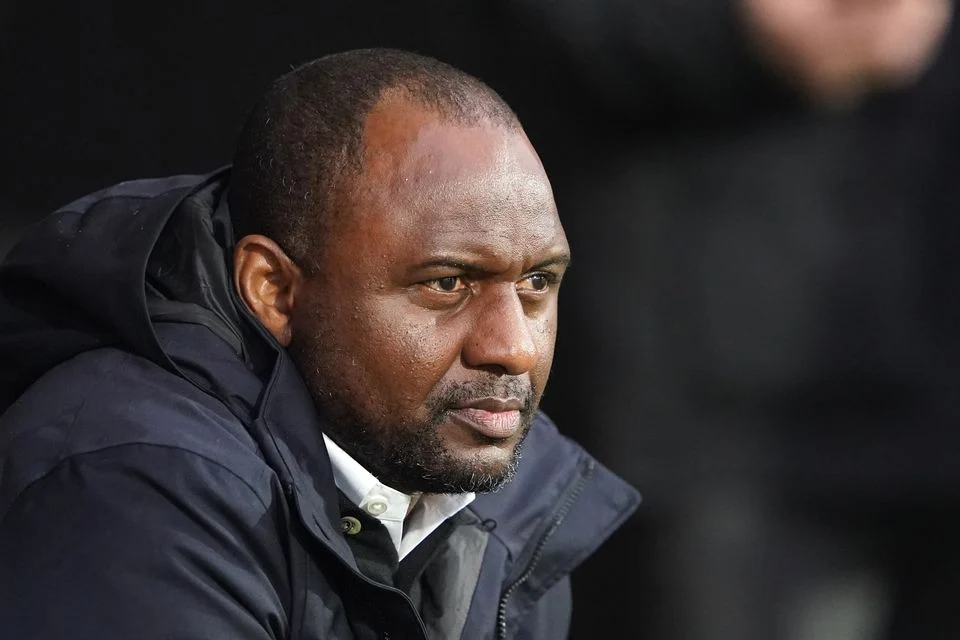Secrets To Becoming A High Performer
We admire high performers for their discipline, their consistency, and especially, their “results”. But beneath every peak performer isn’t just a person with drive — it’s a person with structure. And that structure begins with identity.
Before systems, before habits, before time-blocked calendars or motivational quotes, comes this invisible architecture: Who do you believe you are?
Your identity is not a label. It’s your internal operating system — silently running every choice, action, and response. If you want to upgrade your performance, don’t just chase new goals. Rebuild from the root.
Because until you become the kind of person who does what high performers do, every change will feel like a fight. But once identity is in alignment, systems become easy, rhythm becomes natural, and clarity becomes power.
Identity is the First System
“Identity is the first system you live inside.”
Identity isn’t a tagline. It’s your internal operating system. It dictates what you try, what you quit, what you believe is possible, and even what systems you will subconsciously sabotage.
Your actions don’t just reflect your identity — they reinforce it. Every time you say, “I’m not disciplined” or “I’m not a morning person,” you’re not describing reality. You’re reinforcing a script. One you inherited, absorbed, or invented — but didn’t consciously choose.
Here’s the real shift:
“You don’t become successful and then start thinking like someone who is.”
“You start thinking and acting like someone who builds success, and eventually… you believe it. And when you believe it, your brain stops resisting it.”
I invite you to drop the old story — the survival story, the story written by other people’s expectations.
And instead, begin constructing a new identity, brick by brick, through consistent aligned action.
“Identity doesn’t change through hope. It changes through evidence.”
Evidence isn’t about big wins. It’s about proof moments — keeping a small promise to yourself, making a hard decision that honors your future, showing up even when it’s hard. Those actions whisper: “This is who I am now.”
And as those whispers grow louder, you stop pretending to be that person. You are that person.
Systems Are The Engine That Outperforms Emotion
“Systems eat motivation for breakfast.”
This is the heartbeat of sustainable progress.
Motivation is a burst. Systems are steady.
Motivation asks, “How do I feel?”
Systems say, “Here’s what we do next.”
I don’t shame emotion — I simply refuse to rely on it.
Because if your life only moves when you feel perfect, you’ll rarely move at all. That’s why high performers design their life so that progress is automatic.
Not because they’re robots, but because they respect their energy too much to waste it on re-deciding everything, every day.
Systems are tools of liberation. Not rules to restrict you — but frameworks that free you from decision fatigue, inconsistency, and emotional volatility.
“Systems don’t ask how you feel. They just work.”
A system can be as small as a morning ritual or as large as an entire business operating model. The key is consistency, not complexity.
The goal is alignment — actions that make sense inside the life you actually want to live.
But here’s the catch: systems must be compatible with your identity. If you try to install a system designed for someone you’re not yet becoming, it will feel like friction. Because identity always wins.
That’s why the work starts inside — not with better software, but with a better self-concept.

Clarity: The Act of Defining Your Destination
“You can’t build a system for a future you haven’t clearly defined.”
This truth is radical. And it’s where most people fail before they start.
They try to optimize schedules, tools, and habits — without ever asking:
Optimize for what?
Clarity isn’t about choosing goals that sound good or look good.
It’s about asking, what is the actual life I want to wake up into every day?
With texture. With detail. With emotion.
Clarity doesn’t trap you. It frees you.
It becomes your filter — allowing you to say no to distractions, no to borrowed dreams, no to misaligned opportunities. Because you finally have something to measure everything else against.
Without clarity, everything feels urgent.
With clarity, only the right things feel important.
“Clarity is the first act of power.”
Rhythm: The Energy Budget That Sustains You
“Rhythm is the budget that keeps you from going bankrupt.”
Most people think energy is endless. Until it’s not.
They spend it all chasing hustle and calling it ambition.
But rhythm changes the paradigm. It says:
- Design your week like a song — with beats and rests
- Build recovery into your routine as much as action
- Protect your attention as a sacred, finite resource
This isn’t passive. It’s precision.
You move deliberately, not frantically. You act when it’s time to act — and rest when it’s time to recover.
“Hustle might get you noticed. But rhythm will get you free.”
Because freedom isn’t the absence of work.
It’s the ability to do the right work at the right pace without breaking yourself in the process.
Rhythm is how your systems breathe. It’s how you sustain what you’ve built. It’s the missing piece between drive and burnout.
Final Integration
Here’s how it all works together:
- Clarity defines the mission.
- Identity aligns your internal compass.
- Systems operationalize your actions.
- Rhythm sustains the flow.
This is not a productivity strategy. It’s a way of living.
“A system built on a fractured identity will always short-circuit.”
But a system built on clarity, aligned with identity, and supported by rhythm?
That’s the path to real abundance.
Not just results — freedom.
Not just progress — peace.
This is the real secret of high performance. It’s not superhuman energy or perfect motivation — it’s a life designed to support success on autopilot.
When your identity is intentional, your systems are aligned, your rhythm is sustainable, and your clarity is sharp, you stop hustling for breakthroughs and start building momentum that lasts. You no longer burn out chasing results.
You flow toward them. This is the difference between a life of scattered effort and a life of integrated excellence. You don’t need to do more.
You need to design better. Because when your internal system is whole, your external world begins to reflect it — with peace, progress, and power.



